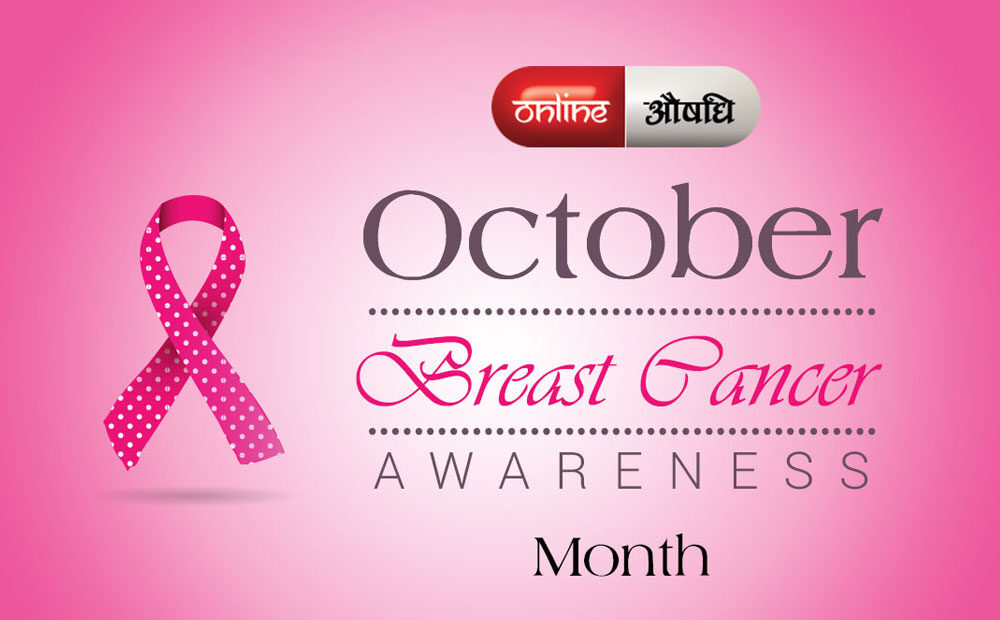October is Breast Cancer Awareness Month, an annual campaign to raise awareness about the impact of breast cancer. Awareness surrounding breast cancer is incredibly important as early detection, often through screening, can catch the disease when it is most treatable.
The past year has posed a challenge to just about everything, and breast cancer prevention is no exception.
According to the American Cancer Society (ACS), breast cancer is the most common cancer in American women, except for skin cancers. The average risk of a woman in the U.S. developing breast cancer sometime in her life is about 12% or a 1 in 8 chance. The chance that a woman will die from breast cancer is about 2.6% or a 1 in 38 chance.
For the past 30 years, NBCF has supported women by helping them get access to the education, screening, and support they need. This is our moment to rise and do even more. Patients are experiencing better outcomes as a result of early diagnosis, state-of-the-art treatment options, and less extensive surgery
Today, there are more than 3.1 million breast cancer survivors in the U.S., including women still being treated and those who have finished treatment. Patients are experiencing better outcomes as a result of early diagnosis, state-of-the-art treatment options, and less extensive surgery.
Some Signs and Symptoms of Breast Cancer ?
Different people have different symptoms of breast cancer. Some people do not have any signs or symptoms at all.
Some signs are as follows :
- New lump in the breast or underarm (armpit).
- Thickening or swelling of part of the breast.
- Irritation or dimpling of breast skin.
- Redness or flaky skin in the nipple area or the breast.
- Pulling in of the nipple or pain in the nipple area.
- Nipple discharge other than breast milk, including blood.
- Any change in the size or the shape of the breast.
- Pain in any area of the breast.
Breast Cancer Risk Factors
The main risk factors for breast cancer include being a woman and getting older (most breast cancers are found in women ages 55 and older). Uncontrollable factors that may increase risk include personal/family history, race, breast density, and menstrual period history. In addition, having changes in certain breast cancer genes (BRCA1 and BRCA2) increases the risk of developing breast cancer.
How to Lower the Risk of Breast Cancer ?
Get to and stay at a healthy weight. Balance your food intake with physical activity to avoid excess weight gain.
Be physically active. Every week, get at least 150 minutes of moderate-intensity or 75 minutes of vigorous-intensity activity (or a combination of these).
Limit or avoid alcohol. The ACS recommends that women have no more than one alcoholic drink per day.
What is a Normal Breast ?
No breast is typical. What is normal for you may not be normal for another woman. Most women say their breasts feel lumpy or uneven. The way your breasts look and feel can be affected by getting your period, having children, losing or gaining weight, and taking certain medications. Breasts also tend to change as you age.
Breast Cancer Screening
Fox Chase Cancer Center follows breast cancer screening guidelines set forth by the American College of Radiology (ACR) and Society of Breast Imaging (SBI).
- All women should have a risk assessment at age 30 to see if screening earlier than age 40 is needed.
- Women at average breast cancer risk should begin screening at age 40.
- Women previously diagnosed with breast cancer may also benefit from supplemental screening with magnetic resonance imaging (MRI), especially if their cancer was diagnosed at or before the age of 50.
Results :
Of 384 participants, 57% were aware that lump or thickening in the breast could be a sign of breast cancer and 68% knew bleeding or discharge from the nipple as a warning sign of breast cancer. Fortunately, 291 women (75.8%) have good knowledge about breast cancer risk factors, and only 93 women (24.4%) have poor knowledge. Regarding knowledge about the screening of breast cancer, 60.9% knew breast self-examination and clinical breast examination (CBE) are the methods of early detection of breast cancer. About 53.1% of women have heard about CBE.
Conclusion :
All the participants showed sufficient knowledge about the risk factors and symptoms of breast cancer but insufficient knowledge about screening methods. These findings are encouraging for public awareness about how to screen themselves and guidance to health authorities for developing effective breast healthcare programs in the entire Kingdom for the all-female population.
Reference Website :
https://www.foxchase.org
https://www.nationalbreastcancer.org






